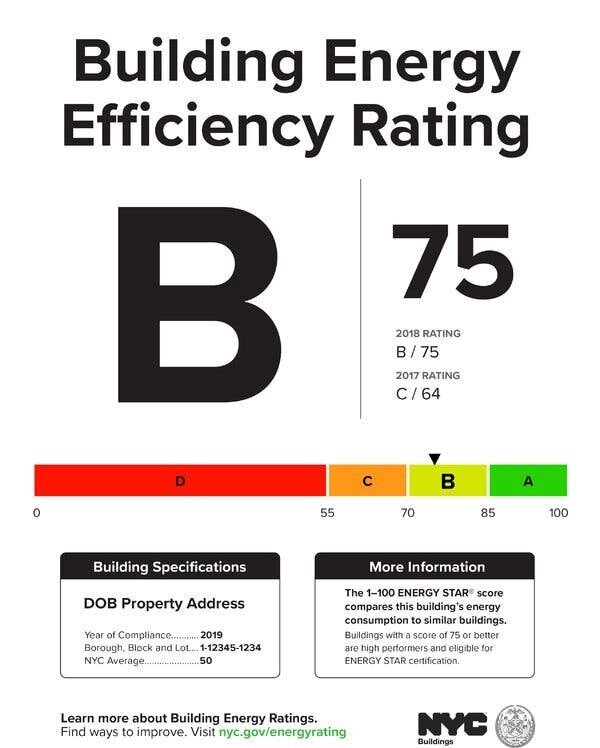Local Law 95 of 2019 amends Local Law 33 of 2018
A reflection of NYC's Climate Mobilization Act (CMA), Local Law 95 of 2019 amends Local Law 33 of 2018. The CMA passed to counter the effects of climate change on the city by taking strong steps to reduce greenhouse gas emissions, and these amendments help.
Understanding climate goals and Local Law 95 of 2019
Local Law 95 of 2019 (an amendment of Local Law 33 of 2018) is designed to help reduce greenhouse gas emissions. Greenhouse gasses are gasses that are byproducts of our everyday life. Some common greenhouse gasses are carbon dioxide, methane, ozone, and water vapor. These gasses, and others, are released into the atmosphere. They trap heat and hold it around the Earth’s surface, contributing to overall warming trends and rising sea levels.
The Climate Mobilization Act seeks to reduce emissions by 40% by the year 2030. A primary way to do this is to focus on building and construction. The reason? Buildings make up for the largest amount of the city’s greenhouse gas emissions. Residential structures are the biggest offender, and commercial buildings follow. In fact, it’s estimated 71% of greenhouse gas emissions in NYC come from buildings. These emissions are mostly due to end-use electricity like HVAC, lighting, and other components.
What was required under Local Law 33 of 2018
NYC’s Benchmarking Law has long required certain large buildings conduct a yearly assessment of their energy and water usage. Building owners must input their data by May 1 into the EPA’s ENERGY STAR Portfolio Manager®, which shows how each building energy consumption stacks up against others in NYC and comparable climates. Those results were then sent to the City.
Local Law 33 of 2018 mandated that these benchmarked buildings disclose their energy efficiency grade and score—their Energy Star Rating—in accordance with the law. These energy efficiency letter grades are:
A – scoring higher or equal to 85
B – equal to at least 70 but less than 85
C – equal to at least 55 but less than 70
D – under 55
F – non-submission of required buildings
N – exempted buildings
Changes made in Local Law 95 of 2019
Local Law 33 of 2018 was further amended by Local Law 95 of 2019. As of 2020, LL95 of 2019 requires benchmarked buildings to now publicly display the energy efficiency grade and scores they receive. These posted labels must be updated on an annual basis.
How to get your label and where to post your rating
The DOB provides an energy efficiency ratings label within each benchmarked property’s profile in the DOB NOW public portal. (Here’s an example.) These labels are available beginning October 1 of any given year. To be in compliance with Local Law 95 of 2019, post your label within 30 days of October 1. Choose a very visible location near your main, or public, entry.
How do I find out if my building is benchmarked?
If you are unsure if your building is benchmarked, look to your property tax bills and look at your compliance notifications. You can also look here, using your borough, block, and building lot number.

